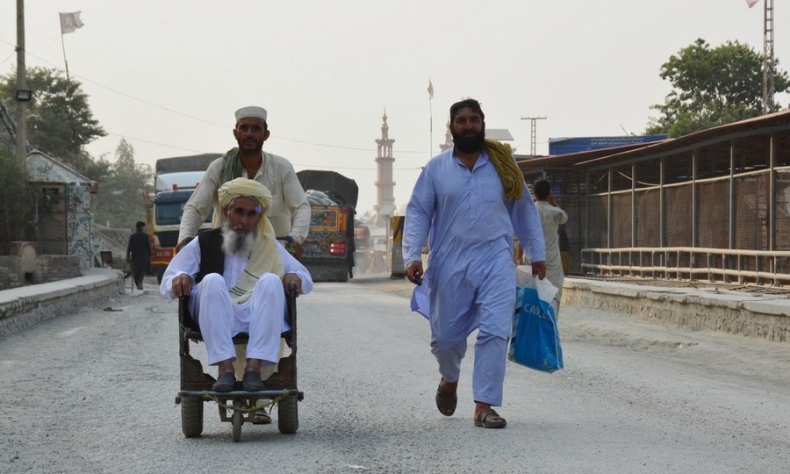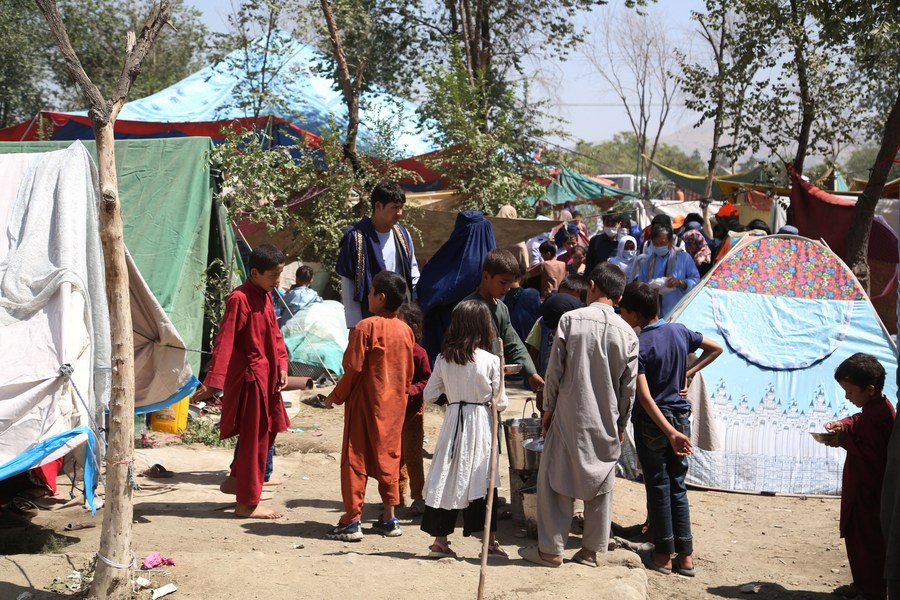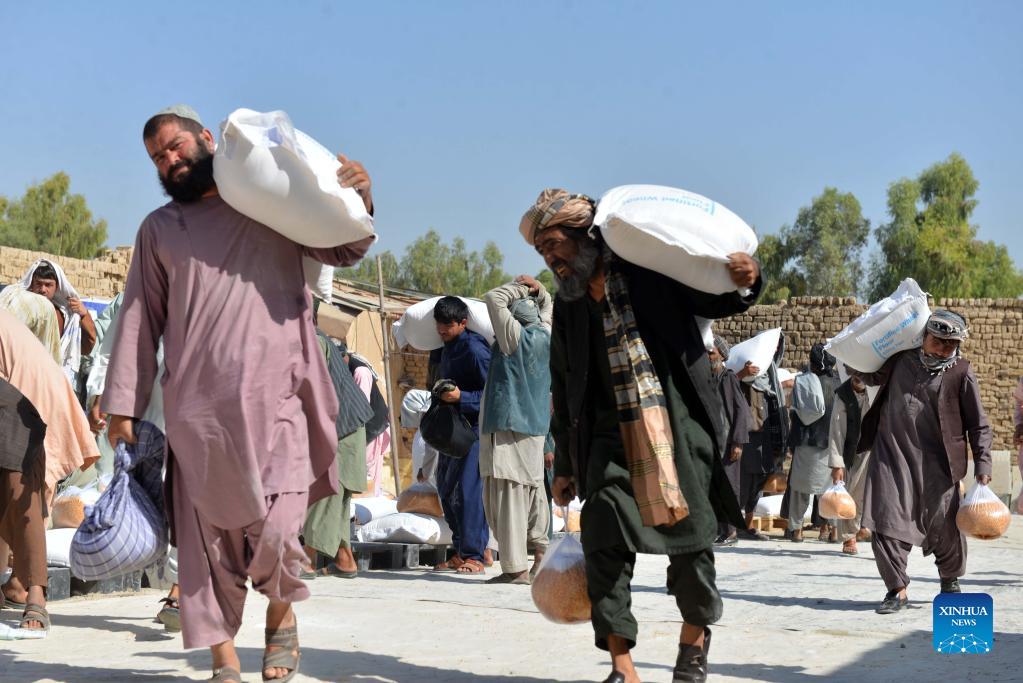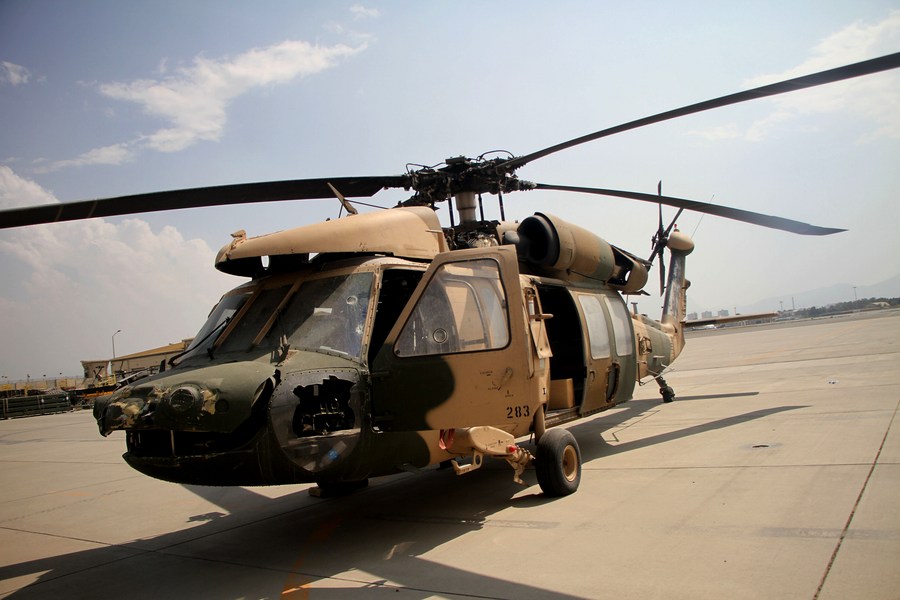Afghanistan’s Continuing Agony and the Remaking of History

If transparent, accountable and sustainable international cooperation is not forged, the remaining months of 2021 will witness a humanitarian crisis on a scale that will transcend the tragic events in Syria and Yemen during the last decade.
The dramatic return of the Taliban to power in Afghanistan after 20 years creates multiple uncertainties and conundrums. The shifting kaleidoscope of humanitarian interests and regional strategic responses and alignments introduces new instabilities to accompany the convulsions emanating from the continuing grip of the global Covid-19 pandemic and the accelerating climate insecurity provoked by global warming.
For many of the 40 million Afghanistan citizens, fear of the Taliban compounds deep poverty, social and educational deprivation and 20 years of institutional and individual corruption. Endemic corruption exploited and siphoned millions of dollars of international donor aid, together with military spending that flowed through the NATO International Security Assistance Force (ISAF). At a cost of some $2.26 trillion (including interest payments on US borrowing to pay for the war and a further $4 trillion of interest to come), most poor Afghans benefited little from this largesse.
The beneficiaries have been powerful Afghan elites, in and out of successive governments, together with Pashtun-dominated warlords, who have wielded the greatest influence over legal and illegal activity and payments (including opium). Equally, US defence and aerospace corporations and contractors derived vast sums and profits from the defence allocations to the war (by 2020, the 22,500 US contractors were more than double the number of active personnel). Sadly, although this titanic sum notionally corresponds to approximately $50,000 for each of the approximately 40 million Afghans, the vast majority of citizens have benefited very little from such outlays.
With a per capita GDP of $570 in 2021 (the 11th lowest in the world) Afghanistan lags conspicuously behind its neighbours (Pakistan $1190, India $2100, Iran $8034, China $10276, Russia $11000, Turkmenistan $8645, Tajikistan $810, Uzbekistan $2450). Life expectancy of 65 years has increased (still below the world average) with improving health care during the last 20 years.
When measuring health, personal freedom, living conditions, trust in institutions, safety and security, Afghanistan remains one of the weakest and most vulnerable countries. The banking system remains exceptionally fragile with the financial viability and transparency of the Central Bank (Da Bank) seriously in question.
History is a cruel mistress. Lessons learned from decades of conflict in Afghanistan (Soviet occupation 1979-1989; Taliban capture of Kabul in 1994 and control of country until December 2001; US invasion post-9/11 2001 and NATO’s presence from 2003 to August 2021) are being upended by new domestic, regional and international political, humanitarian, security and economic realities.

The UN Dilemma over Sanctions
The fate and future of Afghanistan remains perilous and unresolved following the UN General Assembly meetings that ended on September 27.
While Afghan Ambassador Ghulam Isaczai declined to speak, the UN prevented the embryonic Taliban government from taking the floor. Neither the Foreign Minister, Amir Khan Muttaqi, nor the Doha-based spokesman Suhail Shaheen, were permitted to address the Assembly. The U.N. accreditation committee of nine members will meet later in October or November to determine the legitimacy of the Taliban administration. Until then, imitating Schrodinger’s cat, Ambassador Isaczai will continue to be Afghanistan’s Ambassador.
To underscore the UN’s conundrum, Pakistan’s Foreign Minister told journalists that Taliban recognition and international economic assistance would require behaviour that was “more sensitive and more receptive to international opinion and norms”.
How will the United Nations determine the future and shape of existing sanctions? Various ministers of the new government (including members of the notorious Haqqani network) are subject to sanctions for involvement in international terrorism. However, the humanitarian arguments for lifting a range of sanctions are overwhelming. The pledging of $1 billion in emergency aid at the UN Aid Conference in Geneva on September 13 exposed the scale of the humanitarian crisis. Subsequently, the UN Security Council agreed to extend the UN Assistance Mission (UNAMA) mandate until March 2022.

Bargaining games and international aid
More than 80 percent of Afghanistan’s legally reported GDP is derived from foreign aid and donor assistance. Disequilibrium and confusion, created by the combination of the strategically volatile environment and the unrelenting pressures from the pandemic and climate insecurity, make it paramount that the UN General Assembly meetings can forge meaningful and sustainable cooperation from neighbouring states and other committed countries to share the exponential increase in the burdens of the Afghan people.
The bargaining game between the UN General Assembly and the Taliban depends, as is always the case in game-theoretic scenarios, on leverage and credible commitments. Will the Taliban moderate its draconian rule and conduct in Afghanistan in return for easing or lifting of financial sanctions? The willingness of the Biden Administration to agree to such conditionality is uncertain.
It is probable that the Taliban may seek to strengthen pragmatic and mutually beneficial transactional agreements with China and Russia. The price to pay for financial assistance to alleviate the severe decline and distress of the Afghan economy will be a binding commitment from the Taliban to restrict and inhibit the spread of terrorism and insurgency emanating from Afghanistan into China’s Xinjiang region and into the volatile and unstable regions of Southern Russia and the North Caucasus. In the case of China, the successful further implementation and completion of projects in the Belt and Road Initiative, requires cooperation from Pakistani Pashtuns in seeking to influence the disruption from Baluchistan militants.
If transparent, accountable and sustainable international cooperation is not forged, the remaining months of 2021 will witness a humanitarian crisis on a scale that will transcend the tragic events in Syria and Yemen during the last decade.

Exodus, refugees and internal displacement
The exodus of some 120,000 from Kabul airport in recent months (accelerating after the bomb attack by the Islamic State-Khorasan terrorist group on the 26th August) and the fate of the remaining several hundred thousand vulnerable Afghans who had worked for the US and NATO supported Afghan government and ISAF during the last 20 years) highlights the plight of refugees (some 2.2 million Afghan refugees have already crossed into Pakistan (1.45 million) and Iran (0.78 million) and many thousands elsewhere).
In addition, at least 3.5 million Afghans are internally displaced, with the UN High Commission for Refugees estimating that 550,000 have already been displaced in 2021. This number is set to rise precipitously with millions seeking to evade the triple ravages of climate insecurity (with escalating food prices), spread of the Covid-19 pandemic and deep poverty following two decades of brutal conflict.
More than 160,000 Afghan citizens (civilians and fighters) have been killed since 2001 with many hundreds of thousands seriously injured. Myriads of women and girls have lost husbands and fathers and are facing a deeply dark future with the Taliban re-imposition of extreme Sharia law based on the Deobandi principles of Sunni Islam.
The article reflects the author’s opinions, and not necessarily the views of China Focus.
 Facebook
Facebook
 Twitter
Twitter
 Linkedin
Linkedin
 Google +
Google +



